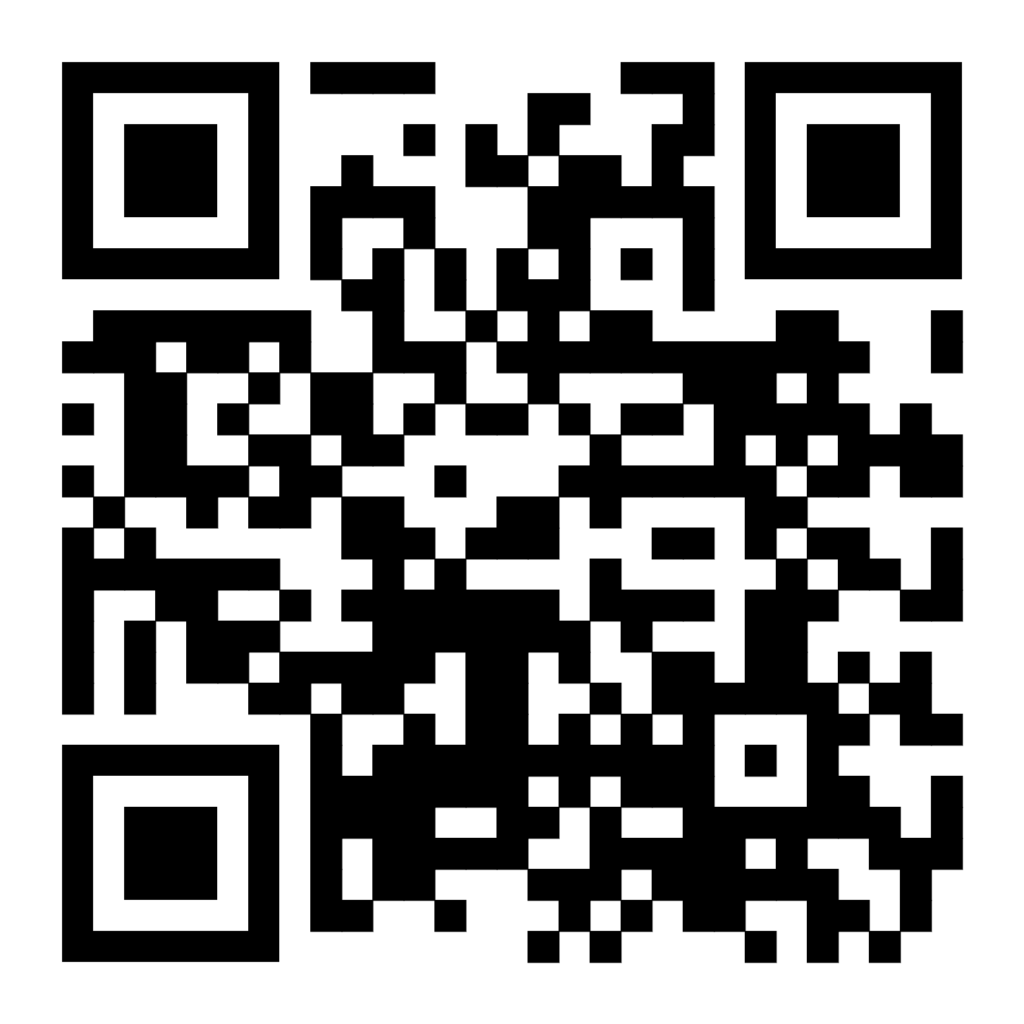If you're new here, you may want to subscribe to my RSS feed. Thanks for visiting!
HOW TO INFLUENCE YOUR PET TO "SIT" FOR YOUR PHOTO

A pet photo sitting can be a tricky business. Your pet can often be sometimes an uncooperative friend. It may won't remain motionless one minute and then stick straight to some sort of inaccessible or badly lit spot the next second. Choose a setting which enables you actually influence the family pet as well as gain their help. Any comfortable place, for instance a pet's preferred relaxing place, can relax any pet. A wide open back yard enables you to catch a sizable animal while it romps around. A rabbit, guinea pig or pussy-cat will usually freeze while placed on a glass desk, allowing you time to take a photo in case you are organized.
Hold the digital camera set and prepared. Afterward kneel down to the particular pet's level to get a more disclosing, direct on photo. For the most natural appearance, a zoom lens between 70 to 210 mm is ideal. If you must work with a small digital camera having a shorter focal length lens, you ought to be prepared for a lot of distortions for the your pet when you are hoping to get in too close. If the four-legged friend is going to be restless, silent it with some food. Get a response simply by talking, whizzing or by simply snapping your own fingertips. If you notice a energetic manifestation, take numerous photos repeatedly.
Make an effort to photograph your pet dog when it's running, leaping to catch a tennis ball or even romping along with some other puppy. Work with a shutter speed of 1/250 second or perhaps faster to freeze motion. Get another person to hold the pet and then relieve it to run away to you or to a bowl of foodstuff. Select a spot along the dog's route and also put your camera for that range. Shoot just as doggy gets to the area. Your pet photo sitting can be a great success


 In case of a portrait type you can use a telephoto lens, where you can stay in a longer distance from your cat or kitten and wait for the right moment. You will be able to acquire candid close-ups from a long distance. Again your patience will pay of.
In case of a portrait type you can use a telephoto lens, where you can stay in a longer distance from your cat or kitten and wait for the right moment. You will be able to acquire candid close-ups from a long distance. Again your patience will pay of.